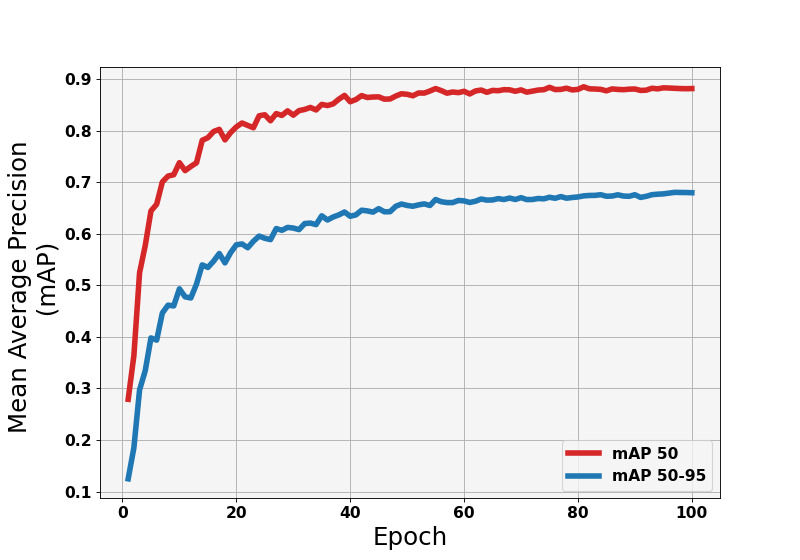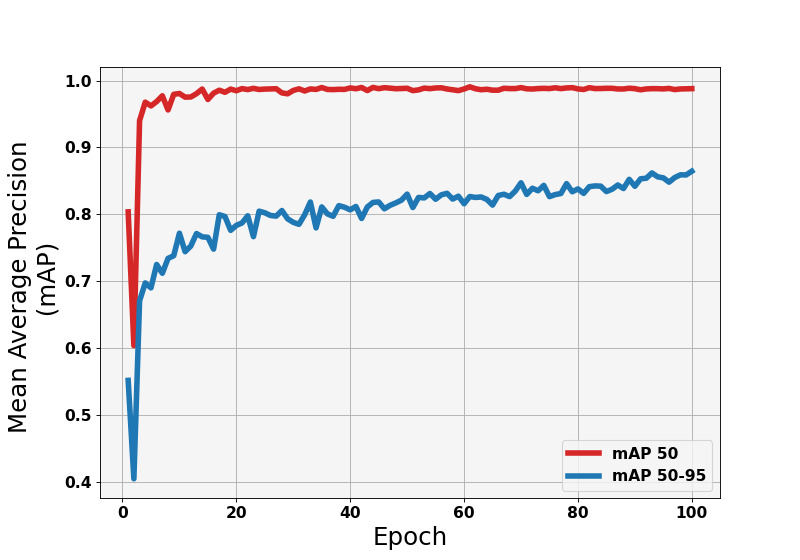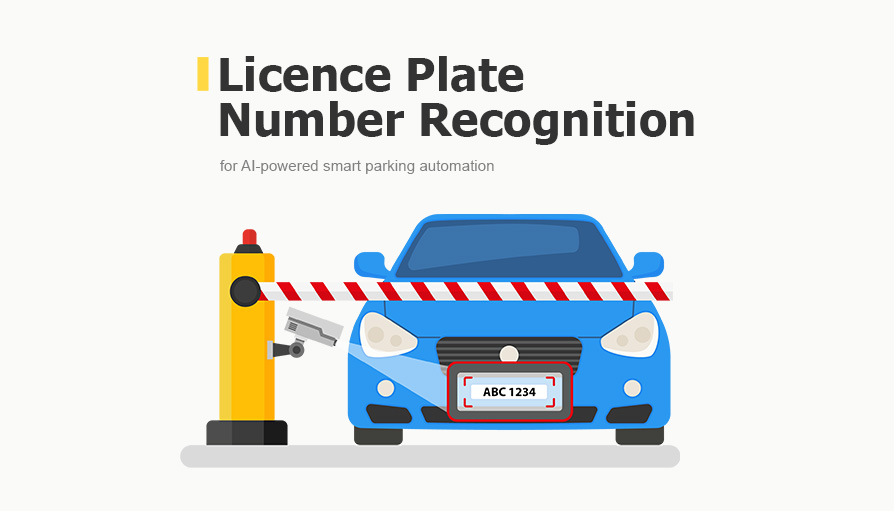AI-Based License Plate Recognition for Parking Automation
Project in Nutshell: We have developed an automatic number plate recognition system (ANPR) for smart car parking lots. Our engineers have trained neuromodels with YOLOv8 and PP-OCRv3 to identify vehicles and their licence plates. The FPGA-based system will automate car check-ins and check-outs for fast payments and parking space monitoring.
This solution can be used as a payment and entry automation system with license plate recognition (LPRS) for other car services, such as car washes, charging and fuelling stations.
Client & Challenge
A security systems provider approached us with a request to train a neural model for an ANPR system that will be used to monitor and manage parking lots.
Solution
Our engineering team trained three neuromodels within this license plate recognition development project. This AI-powered system now performs the following tasks:
- Vehicle recognition with YOLOv8. We used a COCO dataset with images of vehicles, buses, trucks, and motorbikes. The mean average precision (mAP) was 0.885.

YOLOv8 model training chart for vehicle recognition
- Licence plate identification with YOLOv8. For training, we generated another dataset with about two thousand images. As a result, the neuromodel was able to identify licence plates on images with vehicles with mAP accuracy equal to 0.991

Training results of the YOLOv8 model to detect car licence plates
- Text recognition with the PP-OCRv3 optical character detection system that finds, recognises and aligns text. To evaluate the accuracy we used character error rate (CER), which shows the percentage of misidentified characters. The lower this rate is, the more accurate the model performs.
To train the neuromodel for licence plate recognition, we used training and validation samples consisting of 1348 and 347 images, respectively. On the validation sample, the CER was 0.067, which corresponds to the mAP of 0.933.
After training the first and second models, we applied the weights pruning approach, identifying and excluding those weights that insignificantly affect model inference. Pruning reduces the model architecture and shortens the model inference time without significant loss in accuracy. Thus, we accelerated the first model by a factor of about 4 and the second model by a factor of about 8.
Business Value
- Automated payment for travelling on toll road sections.
- Controlling access to secure areas or businesses with AI-based licence plate recognition.
- Management and tracking vehicles in carsharing, taxi, utility or public transport fleets.
- Automation of services such as car washes, petrol stations and electric vehicle charging points.
Note: the detected text can be masked or blurred in solutions that capture video but do not need to capture personal information.
More of What We Do for AI-Powered Software:
- AI on Edge: сheck out the services we provide for artificial intelligence software development.
- Camera to Detect Mobile Phone Use and Smoking: a case study on training a neuromodel to monitor drivers and smoke-free environments.
- Embedded AI Vision Modules: explore our experience in developing Ambarella-based AI vision camera models.






























